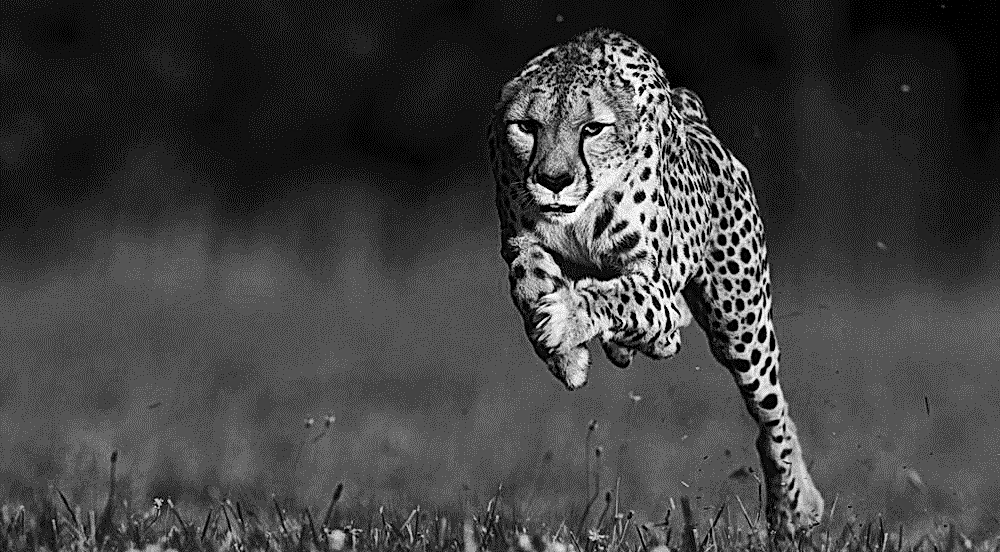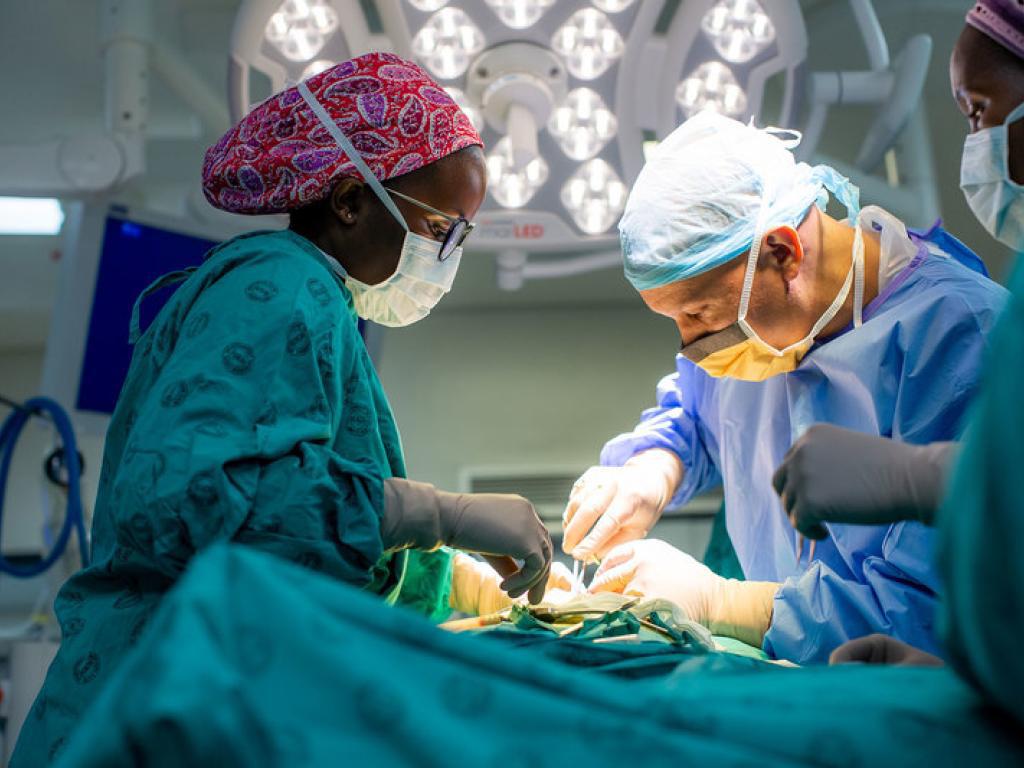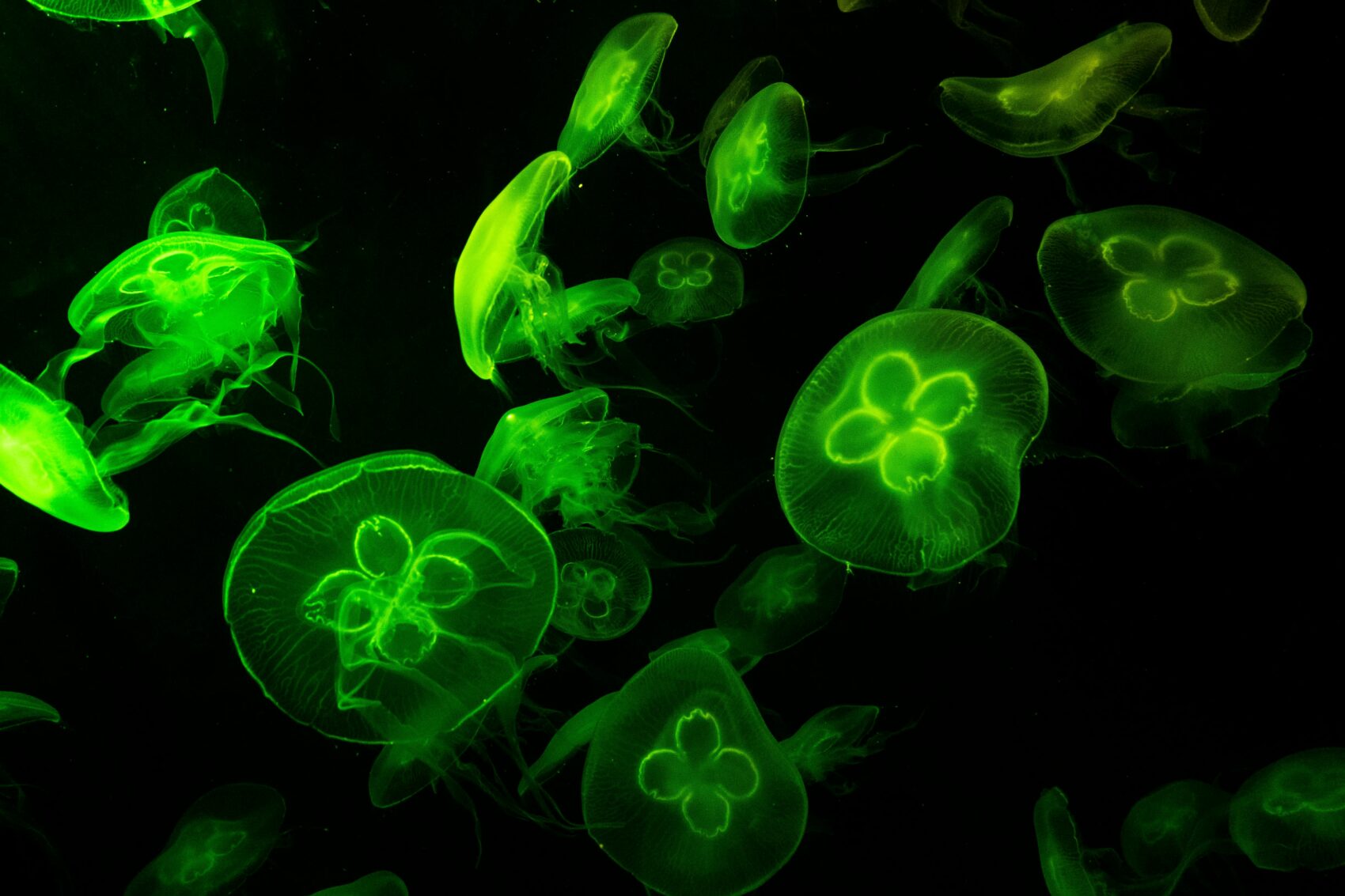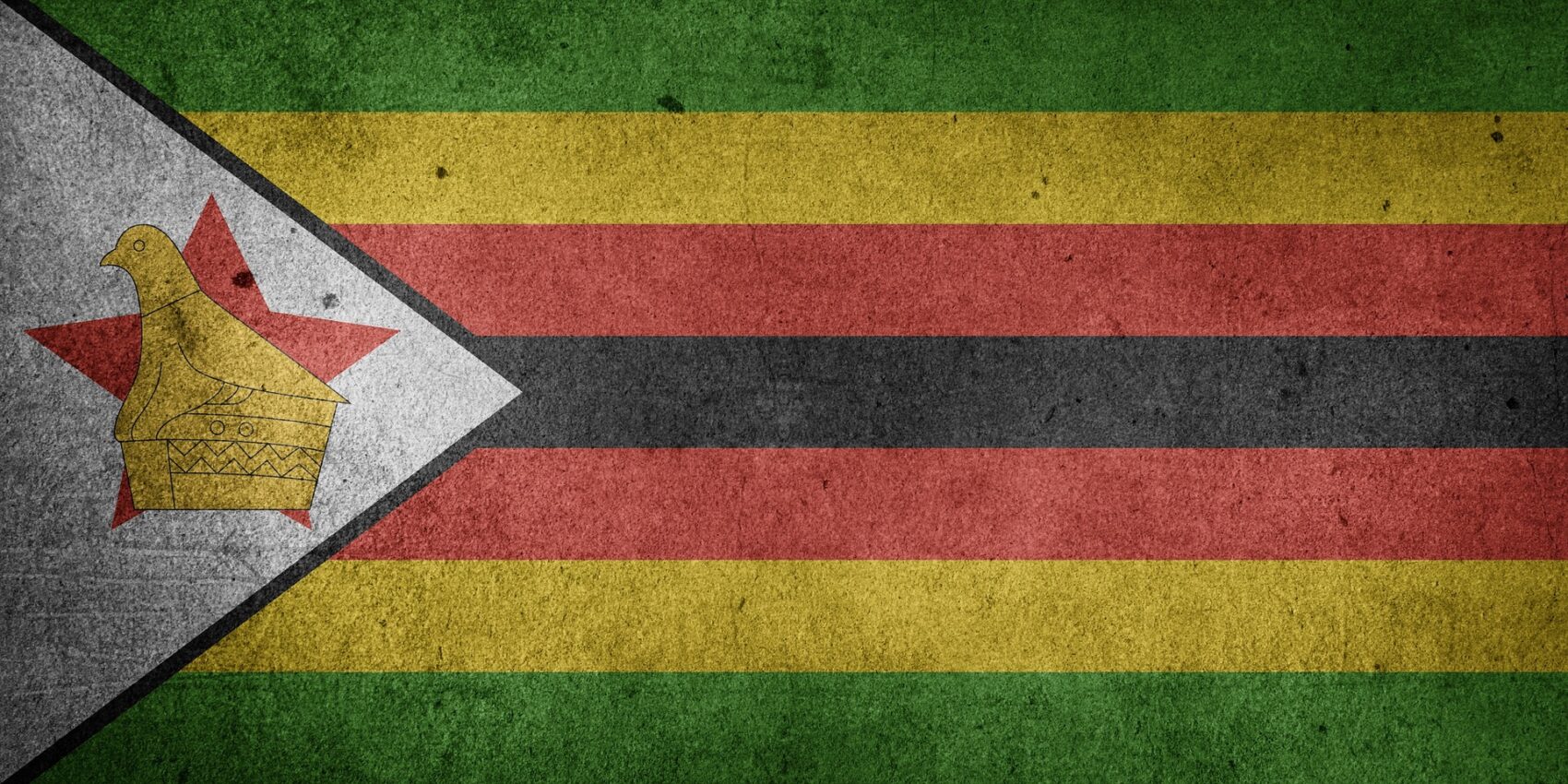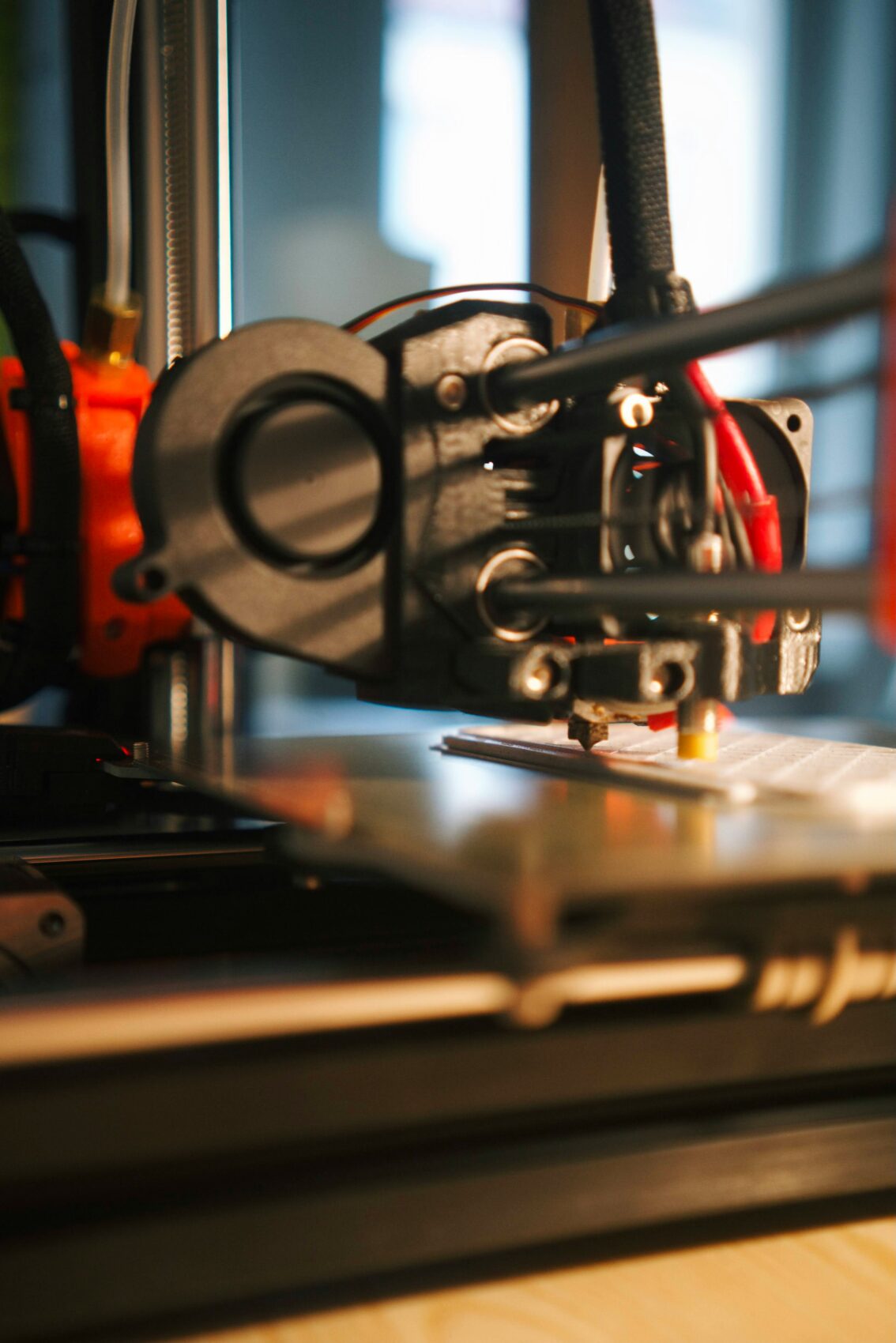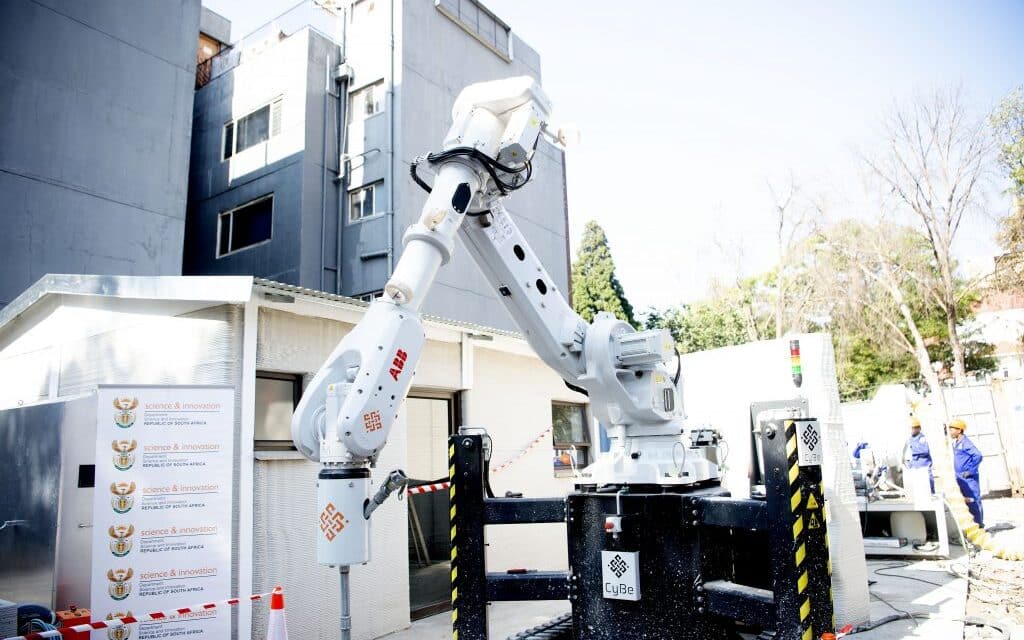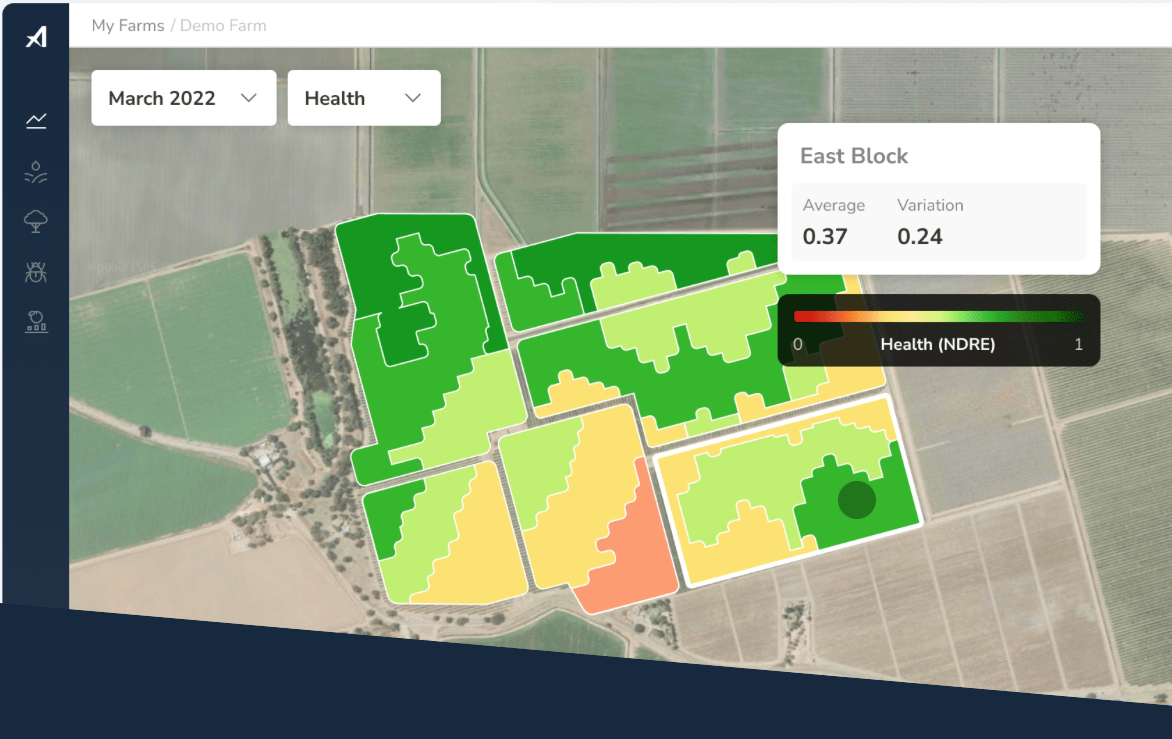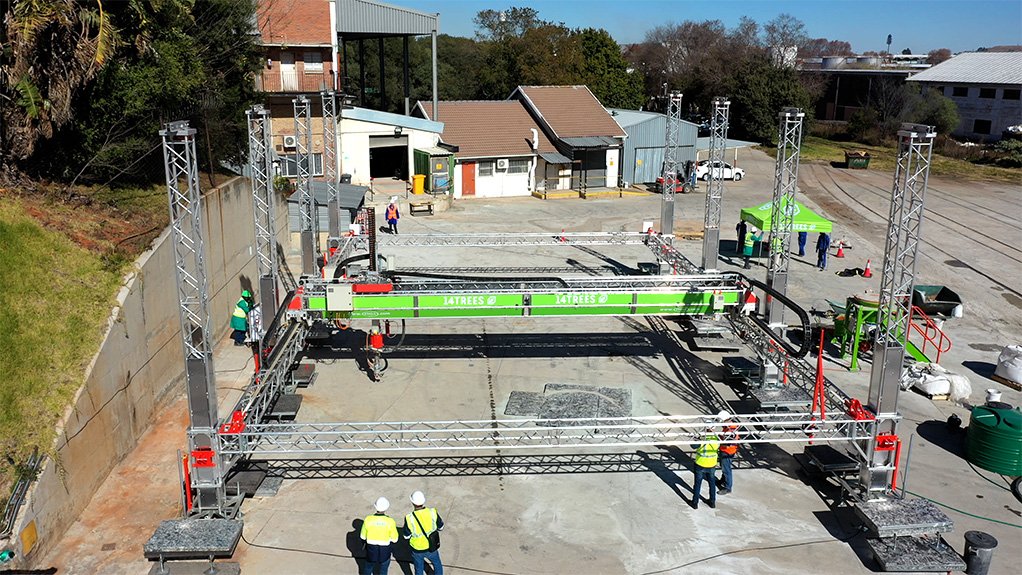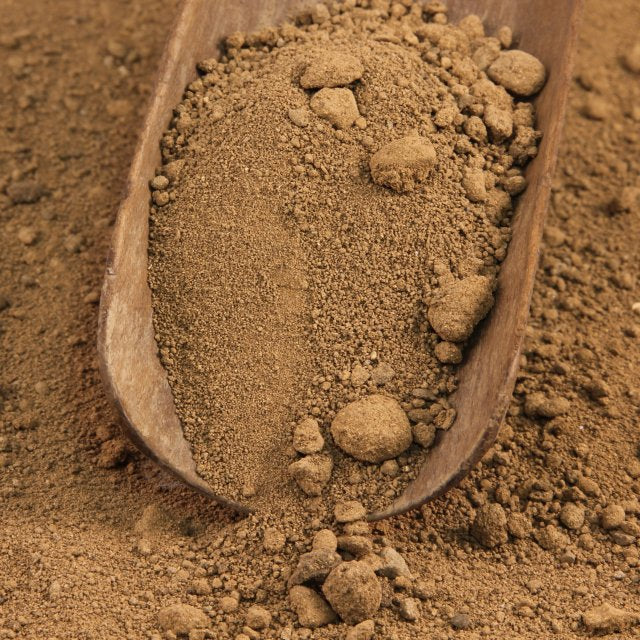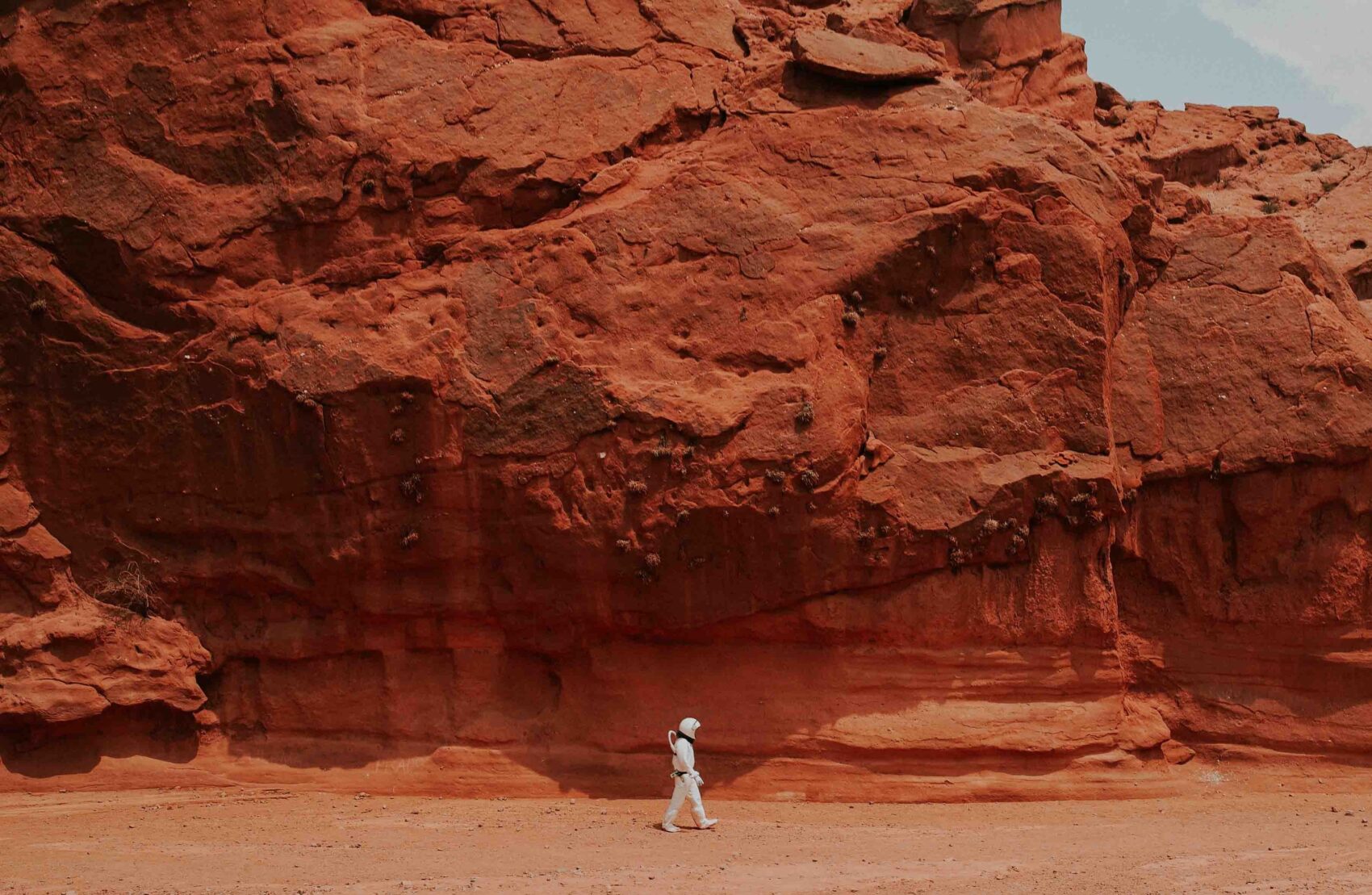Where is the best place in the world to develop biology-inspired robots?
A team of innovative researchers at the University of Cape Town’s African Robotics Unit (ARU) is turning to one of Africa’s most iconic predators – the cheetah – to revolutionize robotics, biomechanics, and wildlife conservation. Led by Professor Amir Patel, the ARU is leveraging its unique proximity to these remarkable animals to develop cutting-edge technologies that are making significant contributions to global scientific research.
Key Points:
- The African Robotics Unit is using cheetah studies to advance robotics, biomechanics, and field research techniques.
- Researchers have developed novel motion capture systems for studying wild cheetahs.
- Cheetah-inspired robots like 'Baleka', 'Kemba', and 'Dima' showcase African innovation in robotics.
- The project is enhancing Africa's role in global robotics research and conservation efforts.
- ARU's work is creating new opportunities for African scientists and engineers.
- The research has led to patents and a university spinoff company
Africa's Natural Advantage
Professor Amir Patel, director of the ARU, explains the rationale behind their focus: “The cheetah is the pinnacle of maneuverability. Understanding it compels us to devise new ways of measuring motion and force or performing optimization.”
Despite resource constraints often faced by African institutions, the team’s proximity to these incredible animals has allowed them to establish a distinctive niche within the fields of robotics and biomechanics. Over the past decade, the ARU has made significant strides in three key areas:
- The development of robotic tails
- Field biomechanics
- The study of legged maneuverability
Surprising Discoveries and Innovations
The ARU’s research has led to surprising discoveries about cheetah anatomy. Contrary to previous assumptions, the team found that cheetah tails are remarkably light, making up only about 2% of the animal’s body mass. Further investigation revealed that the tail’s fur plays a crucial role in the cheetah’s agility. Patel explains, “We determined that the cheetah uses this aerodynamic drag to stabilize its body during high-speed turns.”
This finding has implications not only for understanding cheetah biomechanics but also for developing more agile robots. The concept of a tail that uses aerodynamic drag, rather than inertia, as a primary mechanism of affecting the body is useful for mobile robotics. A lightweight tail developed in collaboration with the ARU has been demonstrated to improve maneuverability of a quadruped robot (Minitaur) during self-righting and forward jumping.
Innovative Motion Capture in the Wild
One of the ARU’s most significant achievements is the development of a groundbreaking motion capture system for studying cheetahs in their natural habitat. Traditional biomechanics techniques, designed for human subjects in controlled environments, proved inadequate for wild cheetahs capable of reaching speeds up to 120 km/h.
To overcome this challenge, the team created a long-range motion capture system using lidar and telescopic lenses. “I had this crazy idea to be able to measure wild animals from far distances—the whole body, the kinematics of the skeleton,” Patel explains. This innovative approach allows researchers to collect detailed biomechanical data without disturbing the animals in their natural habitat.
The system combines visual tracking with LiDAR to extend the range of their established motion capture capabilities. This technological advancement not only benefits cheetah research but also has potential applications in other fields, including sports science, animal behavior studies, and wildlife health monitoring.
From Nature to Robots: Dima, Baleka, and Kemba
The insights gained from studying cheetahs have led to the development of three remarkable robots:
- Dima: A wheeled robot with a tail, used to investigate the use of a tail to support high-speed maneuverability.
- Baleka: Africa’s first bipedal robot, designed to achieve greater vertical agility than a human.
- Kemba: A hybrid electric-pneumatic planar quadruped robot developed to investigate neuromechanics and optimal control.
These robots showcase the ARU’s ability to translate biological insights into mechanical innovations. “When we watched videos, we saw that cheetahs are not trying to finely control their feet, they’re just trying to push off as hard as they can,” Patel notes, explaining the inspiration behind Kemba’s pneumatic piston design.
The team utilized Simscape Multibody and Simulink to model pneumatic pistons on Kemba’s knees, simulate the four-legged robot’s expected movement, and design controllers for it. This approach to research on a budget represents an underrepresented perspective in a field where cost remains a steep barrier to entry.
Trajectory Optimization and Contact-Implicit Motion Planning
The ARU has an extensive body of work investigating maneuverability through trajectory optimization – a form of simulation that obtains feasible state and control trajectories for poorly-specified motion tasks by posing them as nonlinear optimization problems. This method has led to published advances in problem formulation techniques, some in collaboration with researchers at Carnegie Mellon University.
A notable achievement in this area is the development of a more accurate contact optimization algorithm, presented in the paper “Contact-Implicit Trajectory Optimization Using Orthogonal Collocation,” which became one of Patel’s most-cited publications.
Broader Impact: Conservation, African Science, and Commercial Applications
The ARU’s work extends beyond robotics, contributing significantly to wildlife conservation efforts and establishing Africa as a center for cutting-edge robotics research. Their motion capture system has potential applications in monitoring animal health and behavior in the wild, which could be crucial for protecting endangered species like the cheetah.
Moreover, the project is helping to train a new generation of African scientists and engineers. To date, two Ph.D. students, 38 Masters students, and numerous undergraduate lab assistants have graduated after working on these projects. Both Ph.D. graduates have gone on to teach at South African universities, ensuring that future generations of local students will benefit from the skills they have developed.
The ARU’s work also challenges the prevalent issue of “helicopter research” in scientific discourse. By empowering local scientists to become the primary contributors in studies related to African wildlife, the ARU is helping to deconstruct power imbalances established under colonialism and reified in modern academia.
Commercial Applications and Patents
The research has led to two patents and the launch of a university spinoff company, Acinotech. The first patent is for a GPS-based motion tracking sensing system for clinical biomechanics and sports science applications. The second patent is for a low-cost 3D force plate, which creates ground reaction force measurement at a fraction of the cost of conventional systems.
These innovations aim to make biomechanics data, currently only available in high-end laboratories, more accessible for both therapeutic and research purposes across Africa and beyond.
Future Directions
Looking forward, the ARU aims to continue innovating in their key areas of focus. They recently acquired a Unitree Go-1 quadrupedal robot, which will serve as a platform for testing control strategies for legged maneuvers. The next iteration of Kemba will add two key cheetah-inspired features to improve its agility: an active spine and tail.
The team is also exploring inverse reinforcement learning and optimal control to better understand the underlying objectives in cheetah movement. As Patel reflects, “While we can observe the motion, we’re still not sure why the cheetah does what it does. Is the cat trying to conserve energy when running, increase maneuverability, or intercept its prey in the shortest time? Inverse reinforcement learning will help us understand what it’s trying to optimize.”
As Professor Patel concludes, “There is an advantage to being geographically isolated. I have a bit of an underdog mentality.” This attitude has driven the team to develop innovative solutions that are gaining recognition in the global scientific community while remaining distinctly African in their approach and focus.
Share
Search by Category
Related Stories
Subscribe to the Future of Africa newsletter here.
You will hear once per month directly from African CEOs and international investors shaping the future of sustainable African development.
